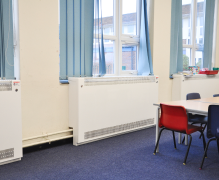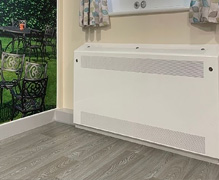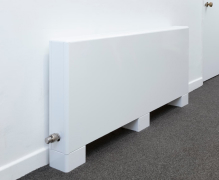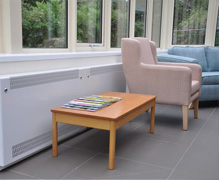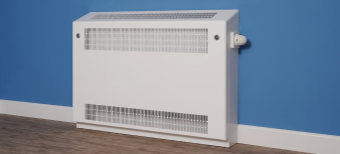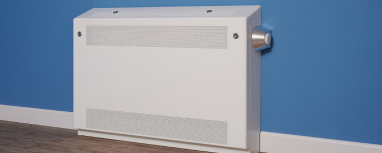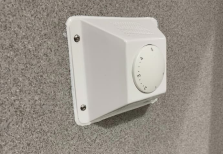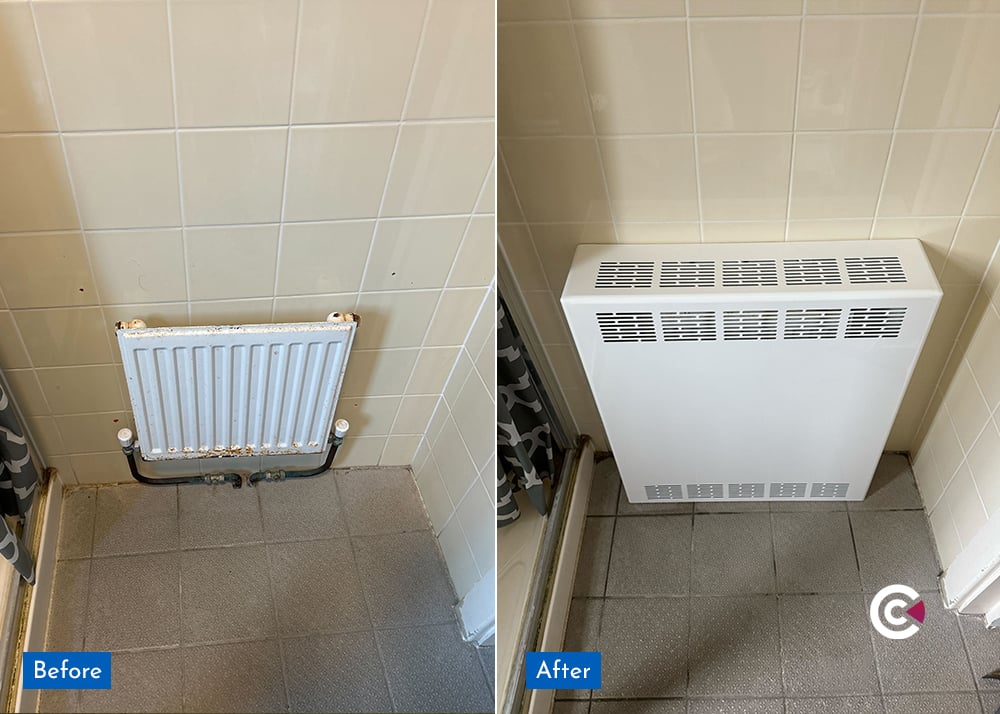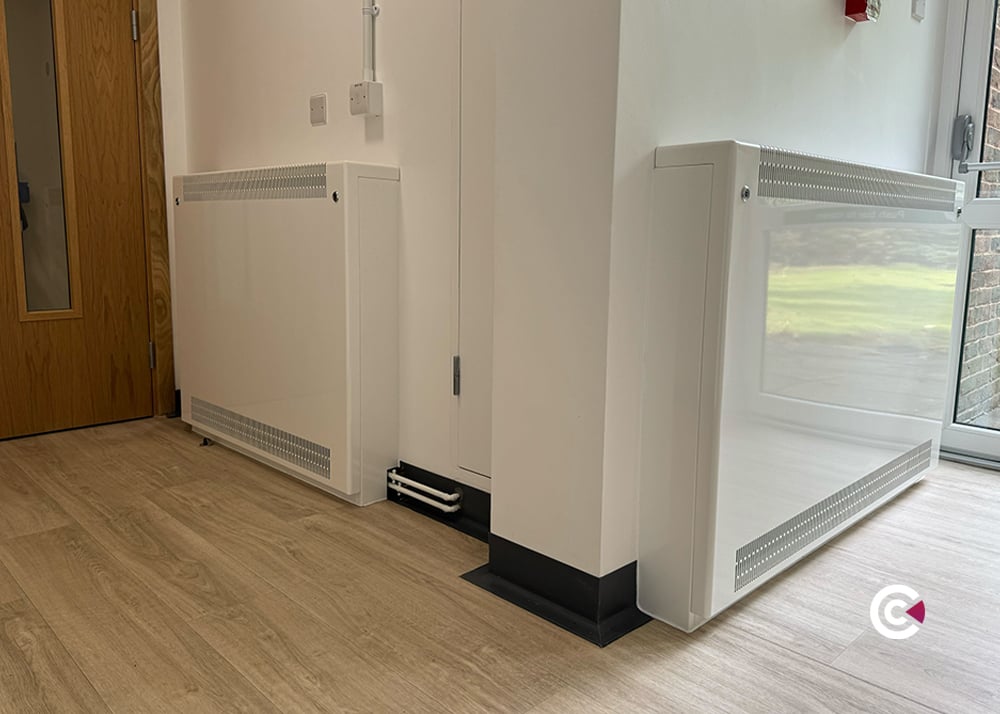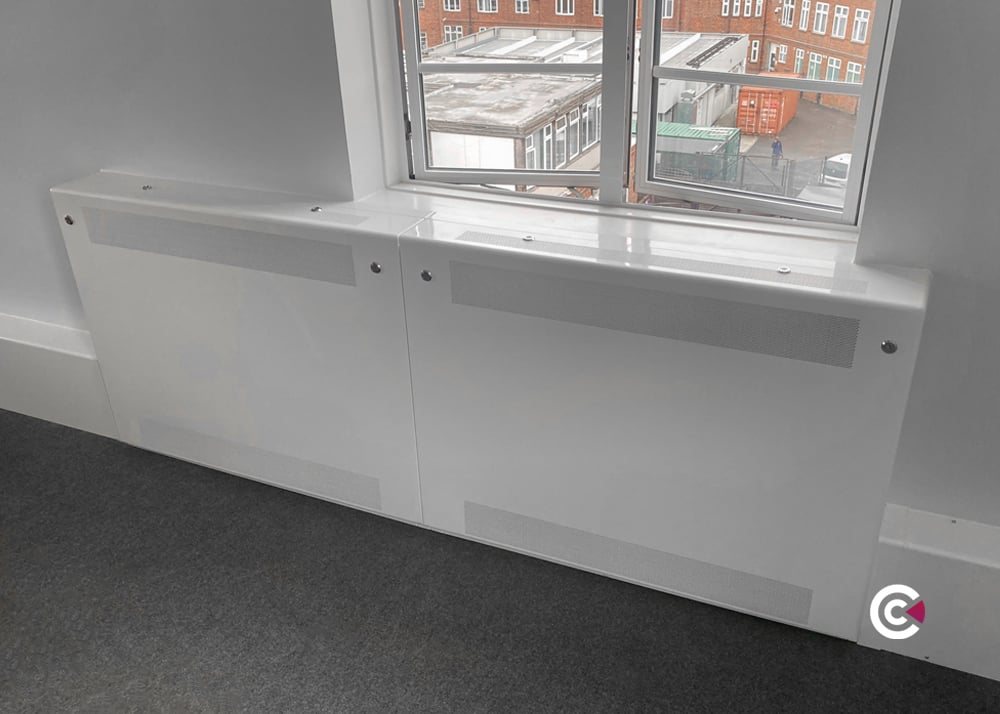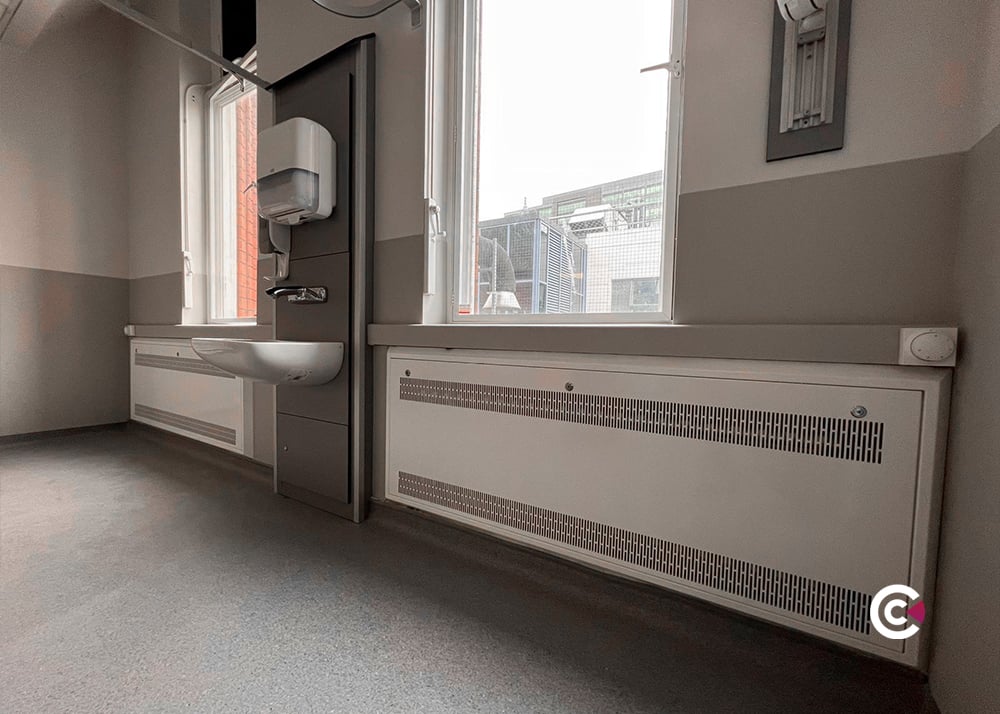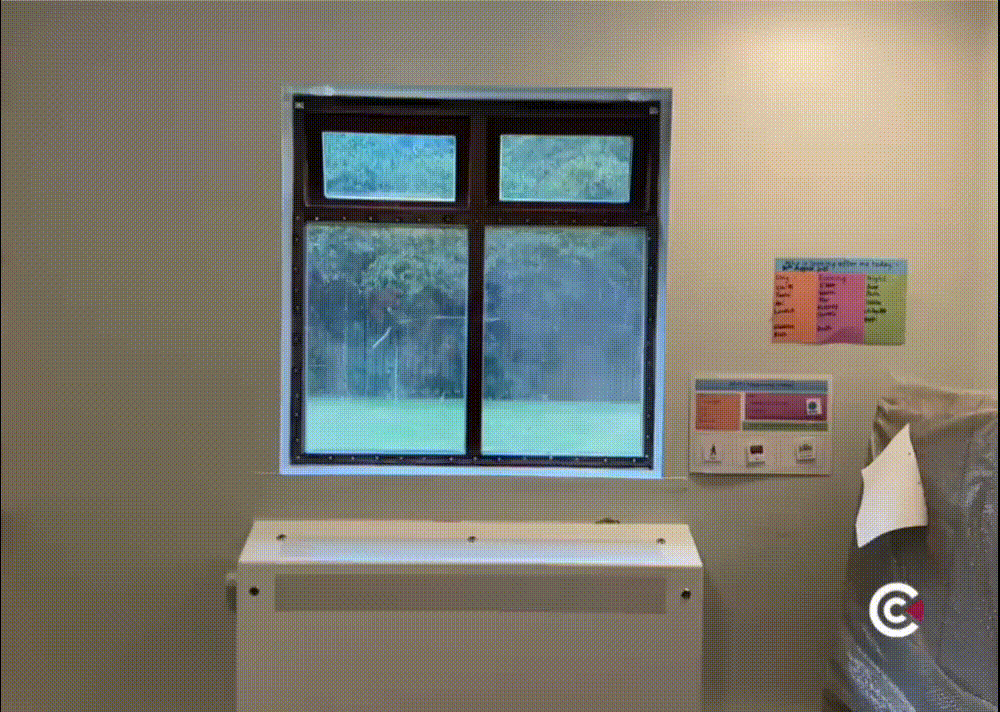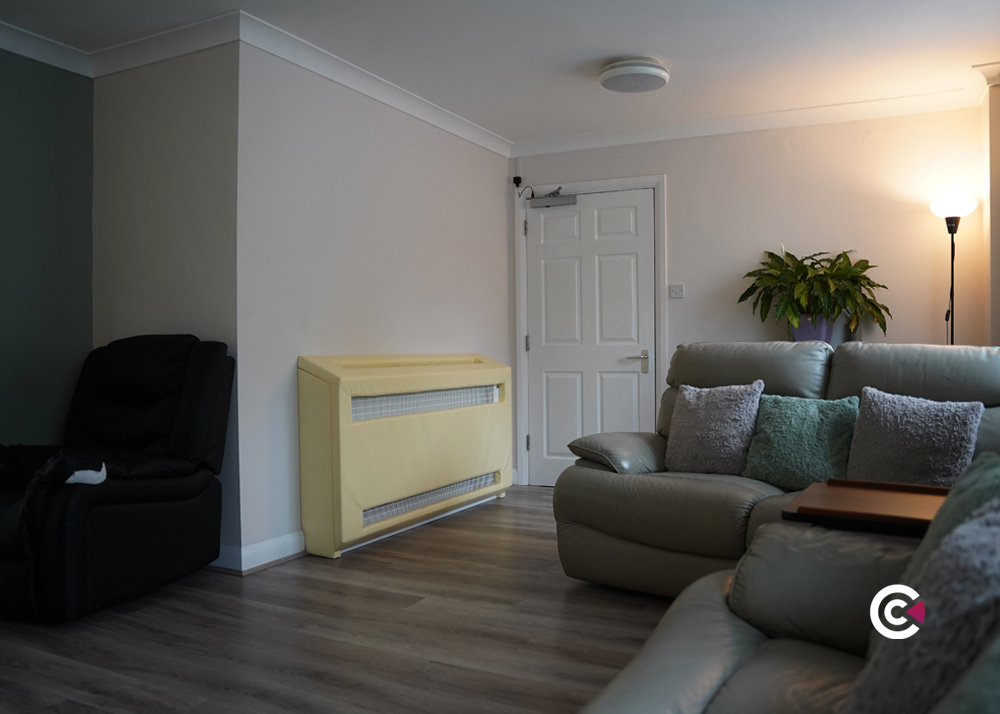In any environment where safety is a priority, whether for patients, residents, staff, or the public, windows represent a complex risk. From the potential for glass to shatter, to access to handles, hinges, or ligature points, even a standard double-glazed unit can pose a serious concern in a secure or care-led setting.
That’s why window protection is becoming an increasingly important part of building safety strategies especially when designing or refurbishing environments like mental health wards, CAMHS, PICUs, SEN schools, secure units, and specialist care facilities.
But what exactly should you be thinking about when installing window protectors?
1. What’s the risk profile of the room or environment?
Start by assessing the level of risk the space presents.
- Is it a high-risk mental health ward or an environment with occasional occupancy?
- Are service users regularly left unsupervised in the space?
- Is the room designed for therapeutic use, overnight accommodation, or multi-purpose care?
Each of these scenarios has different implications for the type of window protection you might need. For example, a permanently occupied therapy room may need a more subtle visual profile, whereas a high-acuity bedroom may demand full anti-ligature and tamper-resistant features.
2. Is it a new build or a retrofit?
Retrofitting existing windows in older buildings comes with added challenges. There may be structural limitations, listed building constraints, or unusual window reveals that make standard solutions difficult to install.
Contour’s anti-ligature window protectors are made to bespoke sizes, with options for either surface-mounted or inset installations, giving flexibility to suit the architecture of the space. There are even options to use timber subframes or chamfered metal frameworks in more ornate or uneven reveals.
3. Do you need full access to the window behind?
Where existing windows are operable or need to remain accessible (for cleaning or ventilation), you’ll need a solution that balances security with functionality.
Contour’s Secure compression cam locks allow the vision panel to be removed entirely by authorised staff, offering full access to the original window behind.
Need a quicker day-to-day airflow solution? Opt for the anti-ligature dial-operated vent, which allows the main window to remain open behind the protector while residents or staff control the airflow from within the room, without compromising safety.
4. How will light and privacy be managed?
While natural light is important, privacy and light management must also be considered especially in bedrooms, therapy rooms, and personal spaces. In many cases, anti-ligature curtains aren’t robust enough or simply get removed by service users.
The solution? A built-in privacy blind between the window and the protector, completely enclosed and operated via a tamper-resistant dial. This gives users safe control over light levels without the risks associated with conventional systems.
5. What materials and finishes are suitable?
It’s important to choose materials that are non-combustible and meet hygiene standards, particularly in healthcare settings.
Contour’s window protectors feature:
- 2mm Zintec or Magnelis steel frames
- 8mm polycarbonate vision panels (Class 1 fire-rated)
- RAL 9003 white with BioCote® anti-microbial coating as standard
- Additional RAL colour options to suit interior design schemes
6. Is privacy needed from the outside in?
In environments where people may be visible through windows such as ground-floor mental health wards or SEN schools, there may be a need for external privacy as well. In this case, you can specify frosted polycarbonate vision panels or even mirrored film, depending on the needs of the space.
7. What if the risk is external?
Not all risks come from inside the room. In some public-facing environments like courtyards, secure units, or community buildings, windows may be exposed to damage from the outside.
That’s where external window protectors offer a smart, effective solution. Installed on the outside of the building, these robust steel-framed units shield glazing from vandalism, accidental impact, or repeated tampering.
They’re ideal for:
- Protecting expensive anti-ligature glazing from external damage
- Public areas such as libraries, youth centres, or social clubs
- Courtyard-facing rooms in private mental health or SEN settings
- Protecting lower windows in children's homes or playgrounds following a change in use
As with the internal options, external protectors are made to bespoke sizes and can include frosted polycarbonate for added privacy.
Conclusion: Choose with Confidence
There’s no one-size-fits-all solution for window safety and that’s precisely why customisable, flexible protection matters.
Contour’s anti-ligature window protectors are designed to meet the unique needs of each space, whether it’s about managing airflow, reducing ligature risk, improving privacy, or ensuring access for cleaning and maintenance. With options to adapt for listed buildings, new builds, or even public-facing areas, you’re not just covering a window, you’re actively supporting safer, more resilient environments.
Ready to Explore Window Protection for Your Next Project?
Speak to our team for a no-obligation chat or site survey and find the right solution for your space.
🔗 View the window protector range.
📞 Call us on 01952 290 498
📩 Email us at sales@contourheating.co.uk
-1.png)


